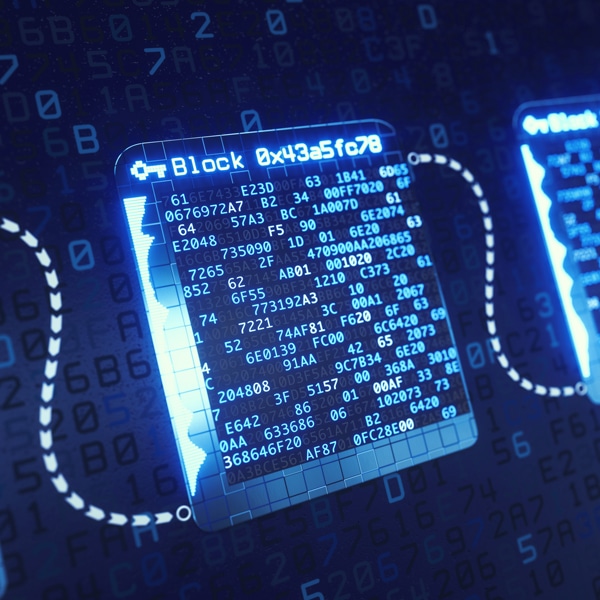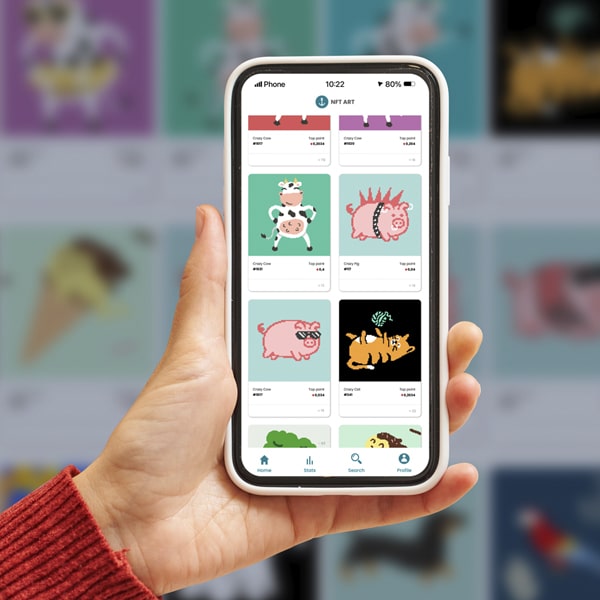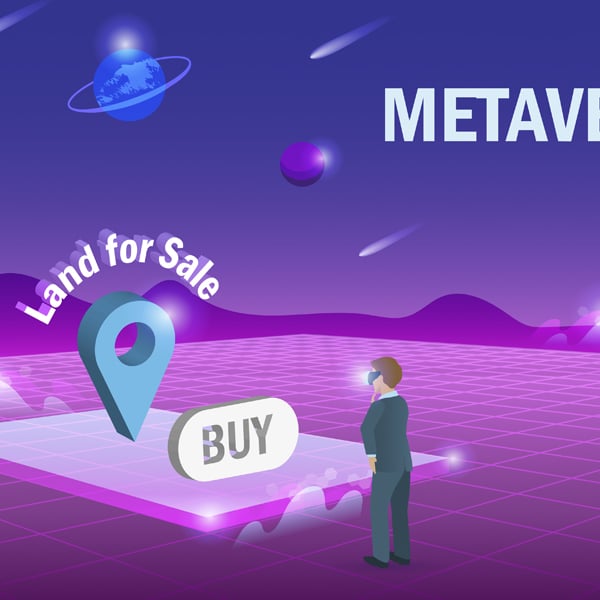Blockchain technology has emerged, creating a decentralization of the internet, and Web 3.0 is changing the internet as we know it.
Boast specializes in R&D tax credit automation and has experts and partners that can advise on eligibility for companies developing Web3 and next-generation technologies; R&D, SR&ED, etc. Calculate your R&D tax credits using the boast calculator. Read free articles and examples. For any employee, co-founder, anyone seeking service information or a sign to help steer key decisions beyond web 1.0.
What is Web 2 and Web 3?
Web 2.0 refers to a fundamental shift in how the internet was used. Where Web 1.0 held static web pages, Web 2.0 presented platforms that more closely resembled networks with an ability for interactivity, social connectivity, and user-generated content. This created a space to make user-generated content on a daily basis while sharing and viewing the vast majority in real-time on websites or other sites or screens.
Innovations such as mobile internet access and social networks grew the Web 2.0 framework exponentially and resulted in the dominance of apps with a great focus on expanding online interactivity and utility. Apps such as YouTube, Twitter, WhatsApp, Facebook, Uber, and TikTok for example, have provided individual users to earn income by renting homes, making deliveries, and selling goods or services online spurring the gig economy.
This capability provided by services presented through applications gave users a sense of power over their output, but the application is in the end under a central authority.
So, what is web3 and why is everyone talking about it? Web 3.0 is the next generation of the internet referring to a decentralized online ecosystem based on blockchain and has the potential to be as paradigm-altering as Web 2.0.
This future network is built upon concepts of decentralization, openness, and greater user utility, power, and choice. Fundamentally Web 3.0 is being constructed to correct the problems exacerbated by Web 2.0, to enable services provided by the network without centralized control from big tech and more resembling a peer-to-peer network.
Key features of Web 3.0
– Data Ownership: Over the years the monopolization of the big tech space has resulted in an overt control and exploitation of user-generated data. Utilizing blockchain, the end-user will retain full ownership of their own personal data and be able to choose what information they wish to share with businesses and advertising companies. The user can securely trade data without risking privacy or losing ownership or being dependent on their own servers or back office.
– Trust-less and Permission-less Data: The Web 3.0 framework offers users the freedom to interact with peers publicly or privately without an intermediary required to authorize network participation or even be present.
This results in the direct connection between end-users with no in-between, posing possible risks or caveats. For example, a payment system using web 3.0 technologies and a person who doesn’t have access to bank accounts can still make payments without needing authorization from any financial institutions.
– Artificial Intelligence: Web 3.0 will use machine learning, which is a branch of artificial intelligence (AI) that uses data and algorithms to imitate how humans learn, gradually improving its accuracy. These capabilities will enable computers to produce faster and more relevant results personalizing them to each user’s preference through the development of single identity profiles per user. This will allow for a singular user profile to be used across all applications on Web 3.0.
– Connectivity and Ubiquity: Making the internet available to anyone, anywhere, and at any time. Increasing internet capabilities beyond mobile phones and computers into more everyday devices. For example IoT (Internet of Things).
– Blockchain Technology: Globally accessed decentralized state machines that are maintained by decentralized networks of nodes. The network is not owned by a single entity, but rather the collective users of the network. Applications of these networks are maintained and tracked using smart contracts.
Decentralized Internet

The main prospect of Web 3 is the goal to decentralize the internet. The Internet is constantly under surveillance, and user data is regularly tracked and collected by corporations, application developers, and governments. A blockchain-based alternative can address this problem by replacing Internet giants, such as Google, Meta (formerly Facebook), Twitter, and Amazon with a peer-to-peer network of providers developing decentralized apps (Dapp).
In such an alternative, members in the network would own and operate the infrastructure used for storage and computing power. This would eliminate the centralized authority and the possibility of a single point of failure.
These new alternatives to companies are referred to as Decentralized autonomous organizations (DAOs) where the key concept is that governance of the body is distributed to stakeholders.
Seizing central authority on the Internet is required to ensure data security. On existing internet platforms, user data and applications are typically hosted on sole servers, giving so many people and companies the ability to create detailed profiles of their user’s history which they then can sell without end-user support. Targeted ads will be optioned rather than controlled with compensation and pay for end-users who opt into trading their data.
With blockchain being built upon open protocols, there will be no power structures built into the framework of Web 3. The infrastructure of this next phase of the internet will be communally owned and the authority will be under communal ownership and not to the benefit of a centralized authority.
How to invest in Web 3.0
While Web 3.0 is still in the process of being the next phase of the internet it is more likely to run alongside Web 2.0 for the time being. It offers exciting opportunities for consumers, venture capital firms, and investors, including opportunities through cryptocurrency payments, NFTs, and the Metaverse.
NFTs

Non-fungible tokens are digital representations of items that are one of a kind, which provides them value. Being more prominent in the art space at the moment, works of art by notable artists are being valued at a high value. The reason for NFTs being a big hit is that they hold a significant utility with Web 3.0.
NFTs being unique non-replicable items, act as proof of ownership in the metaverse, where they can be bought, sold, or traded. NFTs can be used as a form of currency and as a utility in platforms like the metaverse.
For example, some of the more popular NFTs are metaverse avatars. Even some game companies are looking into the implementation of NFTs for in-game items to transfer between games or establish ownership between platforms and services.
Cryptocurrency
Cryptocurrency is a digital currency enforced by blockchain between two end-users and measured by a digital ledger which is a public record-keeping system.
The ledger maintains participants’ identities anonymously, crypto balances, and a record of all transactions executed between network participants. Cryptocurrency is the foundation on which Web 3.0 is built as the primary means to buy and sell goods and services on the network.
The key idea of crypto is that they are not issued by a central authority, rendering them theoretically immune to government interference or manipulation. Being a currency with complete separation from central banks, crypto is envisioned to be a decentralized currency that will allow countries to more easily buy and sell goods worldwide.
Metaverse

The Metaverse is the general term to encapsulate the many forms of worlds Web 3.0 will create.
Combining social media, artificial intelligence, augmented and virtual reality, along with other technologies the Metaverse is the idea of a created alternate world in which to operate. Big tech companies are already making moves to shift towards the Metaverse.
Former Facebook recently rebranded as Meta platforms, which shows their intention moving forward. Metaverse real estate is an example of being a form of money-making to be had in the new phase of the internet. Within the worlds of the Metaverse plots of land can be bought and sold much like real-world real estate.
Closing Thoughts
Web 3.0’s decentralized use of blockchain technology, will enable the greater implementation of the internet into everyday life without forgoing the individual’s sovereign control and ownership of their data.
The next generation of the internet is looking to create a fairer more user-focused and controlled landscape, where the end-user chooses who benefits from their input. How will you immerse yourself in the next generation of technology?
Many innovative blockchain and Web 3 technology companies leverage Boast’s R&D tax credit and Intelligence platform to recover up to $250,000 or more per year from the IRS to fund product development and innovate faster. Try our R&D Calculator to estimate the value of your tax incentive eligibility.









